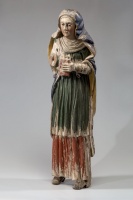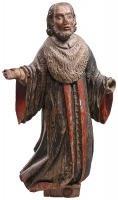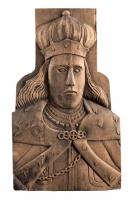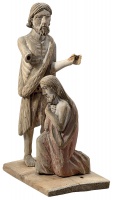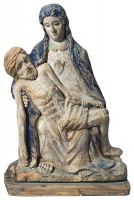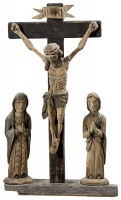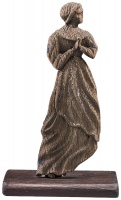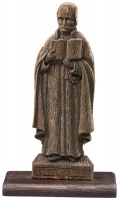
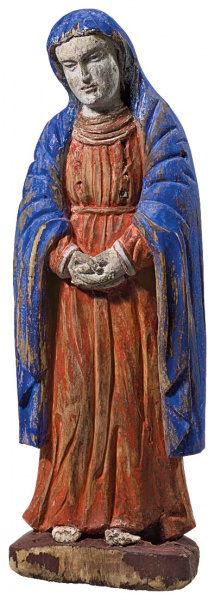

Our Lady of Sorrows
| Author: |
Unknown artist |
| Created: | 1907 |
| Material: | wood |
| Technique: | carving, colour paint |
| Dimensions: | 42.50 × 15 cm |
| Signature: | inscription on the back: 1907 |
Žemaitija
The sculpture Our Lady of Sorrows reflects the usual approach to this theme. She is standing with her head slightly bent to the right, with her hands together in front of her. The dress is characteristic of that iconographic type: red colour representing her royal status, and her sorrow at the blood shed by her Son. Her mantle is blue (the colour of heaven), and covers her head. Seven swords are protruding from her bosom, symbolising the Seven Sorrows. The First Sorrow is described in Simeon’s prophesy: ‘This child is destined for the falling and the rising of many in Israel, and to be a sign that will be opposed so that the inner thoughts of many may be revealed – and a sword will pierce your own soul, too’ (Lk 2, 34). The Second Sorrow is the flight into Egypt, and the hardships suffered there. The Third Sorrow is losing the 12-year-old Jesus in the temple in Jerusalem. The Fourth Sorrow is the parting with Jesus in Bethany (or the arrest of Jesus, or witnessing Jesus carrying the cross). The Fifth Sorrow is the Crucifixion. The Sixth Sorrow is taking Jesus down from the cross. The Seventh Sorrow is His burial.
Sculptures of the Mother of Sorrows, symbolising pain and torment, were often placed in cemeteries or at the site of an unexpected death.
Text author Skaidrė Urbonienė
Source: Law firm Valiunas Ellex art album HEAVEN AND BEYOND (2016). Compiler Dalia Vasiliūnienė. Text authors Dalia Vasiliūnienė, Skaidrė UrbonienėExpositions: “Heaven and Beyond. Works of religious art from the collection of Rolandas Valiūnas and the law firm Valiunas Ellex“, 31 May–24 September 2016, Church Heritage Museum, Vilnius (curators Dalia Vasiliūnienė, Skaidrė Urbonienė)







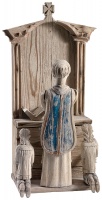
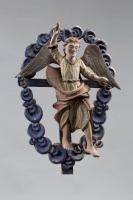
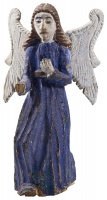
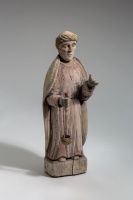
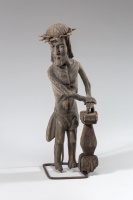


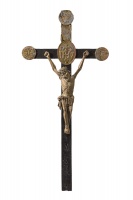
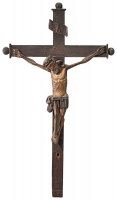

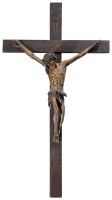

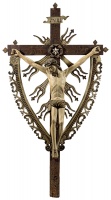


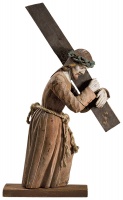
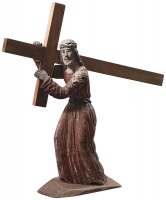






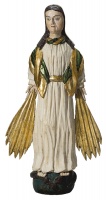

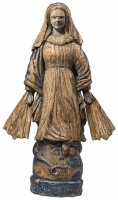
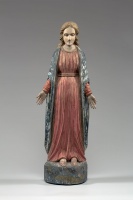
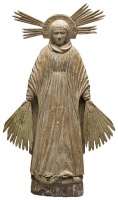




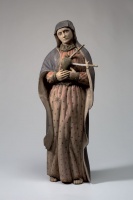






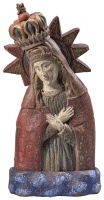


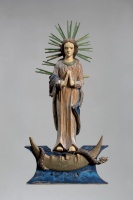



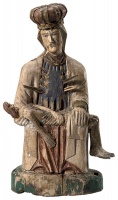
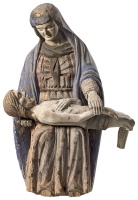
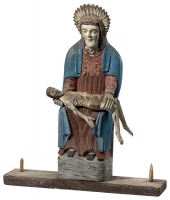

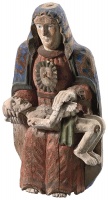
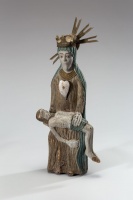
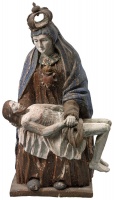
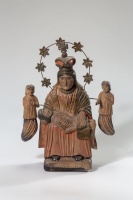



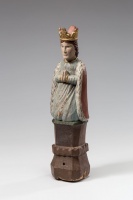
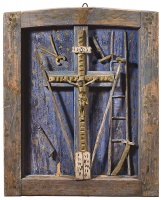
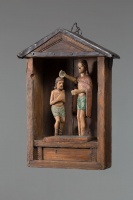
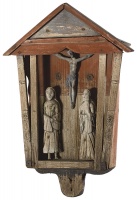
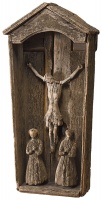

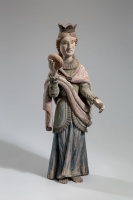



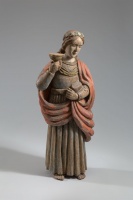

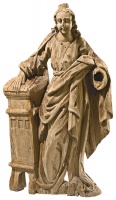
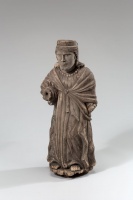
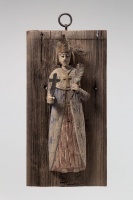

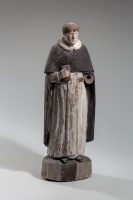



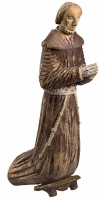

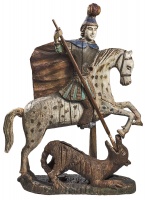









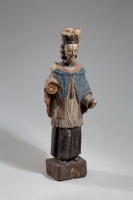



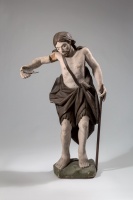
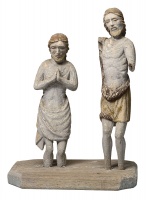



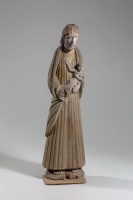
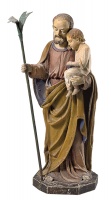
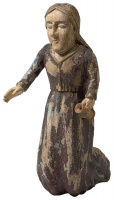
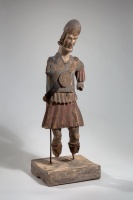
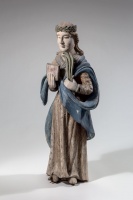

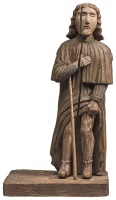



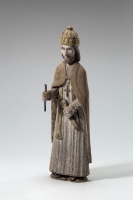





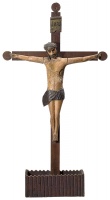




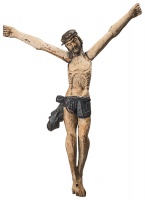
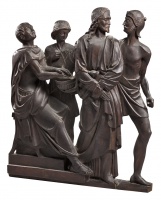

_kat.jpg)
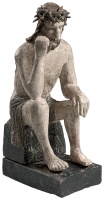







.jpg)
